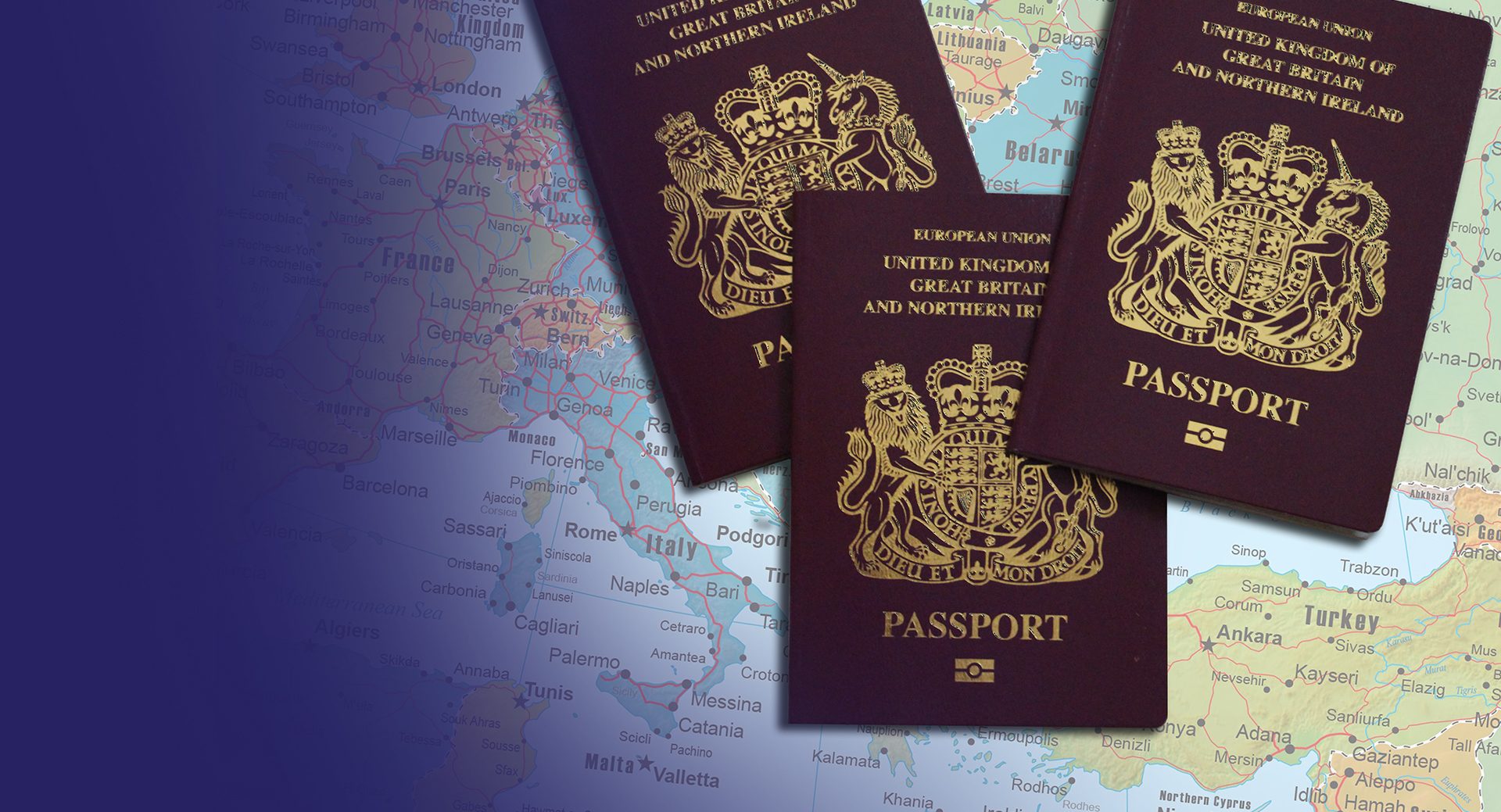
Your UK Passport – Important 2018 Update
Posted on: 4th September 2019 in
UK
-
Rules affecting your UK passport changed – October 2018
A change affecting the renewal of UK passports was introduced on September 10
th, but not formally announced by the Home Office.
Until now, travellers renewing their British passport would have any remaining time on their old passport added to their new one – meaning that if you had six months remaining when you applied for your passport, your new one would have 10 years and 6 months. As many countries require at least six months before the expiration of your passport for valid travel, millions of Brits – it is reported – are set to be short-changed by the new system, which essentially adds up to a 5% increase in price.
-
You need 6 months remaining on your passport for entry to some countries
There are many countries worldwide that require you to have at least 6 months left on you passport at the time of travel – if you don’t, you may be denied entry.
These countries include:
UAE, Sri Lanka, St Lucia, Thailand, China, Russia, Indonesia, and Turkey. This is by no means an exhaustive list and you should consult with the
government website to check your intended country of travel.
-
This list is set to change after Brexit …
What Brits may not be aware of is that the list of countries you need 6 months on your passport to travel to looks set to change after Brexit.
After Brexit, you may be denied entry to certain EU countries if you do not have 6 months before the expiry of your passport.
The UK Government has said that travellers looking to travel to the
Schengen area (including Austria, France, Germany, Netherlands, Portugal, Spain, Switzerland, Poland, Norway, Italy and Sweden) after 29
th March 2019 should ensure their passports have more than six months validity.
This is worth keeping an eye on – especially if you travel with children, who have a five year expiry on their UK passports until the age of 16.
-
Your UK passport will change appearance after Brexit
Papers released by the Government after Teresa May chaired a meeting with the cabinet to discuss how a no-deal Brexit outcome could be handled have revealed a number of changes for UK travellers.
As Britain prepares to depart from the EU, the transition will be signified visually in the British passport. Britons look set to be issued with the old style blue passports following Brexit in 2019, replacing the burgundy style Brits currently receive. Passports issued after March 2019 will not include the words “European Union” either.
Brits should also be aware that a no Brexit deal could also have a significant impact on their ability to drive vehicles on the continent. The papers revealed that British drivers may no longer be able to use their UK driving licence in the EU, meaning that British motorists would need to obtain an international driving permit to drive through France, for example.
-
A UK Passport is one of the most “powerful” passports
A UK passport was rated the 8
th most powerful passport in a 2017 study by Henley and Partners, a citizenship and planning firm, which looked at the number of countries that can be visited without a visa. Britons can visit 173 countries without a visa, but the top spot goes to German passport holders, who can visit 176 out of a possible 218. Also ranked ahead of the UK were Spain, Italy, Finland and the US. Syrians have the least powerful passport with visa-free access to fewer than 30 countries.
-
Despite a price increase, the UK is not the world’s most expensive passport!
The cost of a UK postal passport application rose by 17% six months ago, from £72.50 to £85. Despite the hefty price hike, a UK passport is still nearly half the cost of an Australian passport, at £157! A Syrian passport would set you back even more – at a whopping £287!!
-
The first passport ever was British
King Henry V, victor at the Battle of Agincourt and British monarch immortalised by Shakespeare, was also a savvy traveller. He first introduced the concept of the passport in the fifteenth century to help his citizens prove their identity when travelling outside of the country. British passports today are still issued in the name of Her Majesty the Queen.
-
And the coolest passport goes to …
Norway! Norwegians’ passports are issued in one of three colours (red, white or turquoise) and if you shine an ultraviolet light on to its pages, the Northern Lights will appear as luminescent trails across the pages – a more comfortable way of seeing them, perhaps, than a trip to Tromsø!




